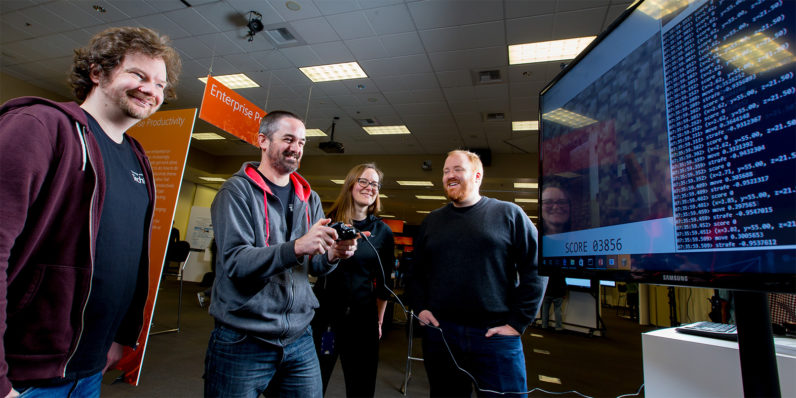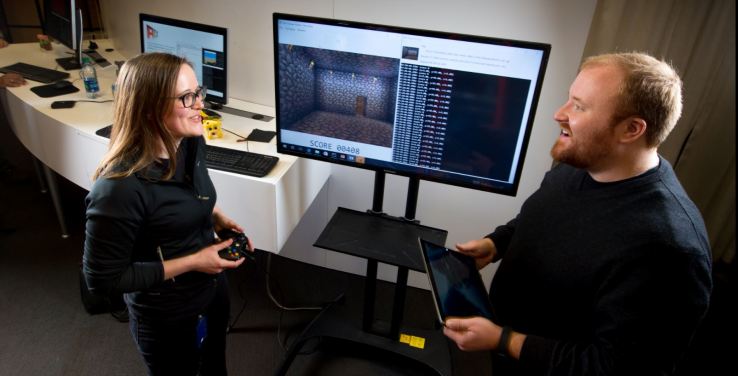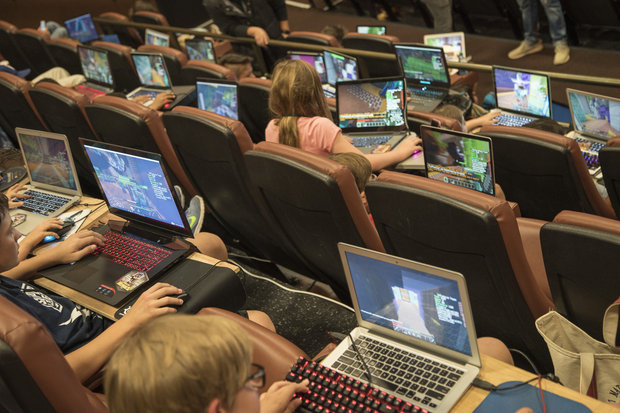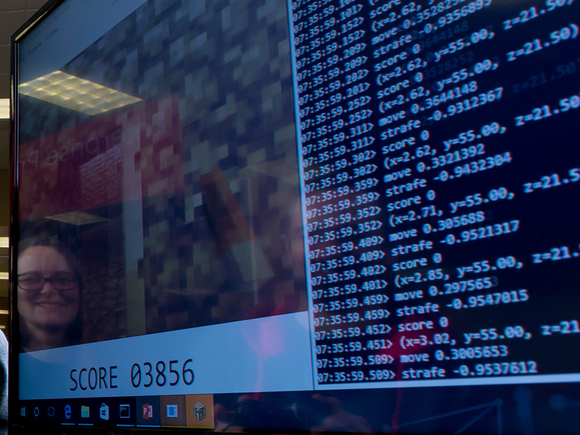CLEVELAND, Ohio – They built castles, killed zombies, defended their land and walked away with $15,000 in scholarship money. Nine Northeast Ohio boys recently won the top prize in Super League gaming’s third Minecraft tournament.
Minecraft is a sandbox video game in which solo players choose their own adventure to freely build structures out of blocks and to survive against enemies. If you’re not into these types of video games, you probably don’t get it. But as one of the best-selling video games ever created, it’s consistently been a popular choice for gamers of all ages since its release in 2009.
But this story really isn’t about the game. It’s about nine boys, ages 10-14 who live in different cities but became friends while playing a game that’s usually not even about teamwork.
Super Games modified Minecraft so that players could team up and face off against each other instead of playing alone. Though players still played on individual laptops, they strategized together and helped each other improve while sitting together in a movie theater, watching their game projected onto the big screen.
Parents saw kids come out of their shells, learn to work together and make real-life friends playing in virtual reality.
What would normally be a solitary game became social, allowing teammates and families to meet each other face to face. This year, over 300 teams participated in the tournament with 1,600 different players competing for four weeks in teams of various sizes with players of all ages. Teams could choose certain members but also randomly matched players together. The games began on April 30.
One of the younger members of the winning team, Ian Fagan, 10, is from Cleveland and met his teammates when they began competing at the Strongsville Cinemark at Southpark Mall. His mother, Laura Fagan, marveled at the changes she saw in her son.
“It was nice that it pulled him out of his shell. He’s very quiet,” said Laura. “It was interesting to watch the transformation in him.”
Some of the players knew each other before the team formed. Matthew Gagne, 14 and from Grafton, has competed in the tournament all three seasons it’s been in existence.
“We were impressed with it when we started, in the first season,” said his mother, Michele Gagne. “It’s something for the teenagers to do and to be able to compete against each other nationally … We didn’t expect Matthew’s team to win, but they just have such a good time playing together.”
Vincent Morando, 13, from Manfield, invited his friend Avery Eldridge, 13, from Lexington, Ohio, to play in Super League. The two practiced together at home early on in the tournament in order to work through different challenges they encountered in the games.
Once they got back to the theater, the duo shared their tips with their team and discussed their options for game play. Teamwork was crucial.
“We asked [our teammates] what they were trying to do, and gave them some tips and told them what we were trying to do so we could work together,” Vincent said.
The teammates will split the scholarship money; each player gets $1,666 towards college.
“I was really excited,” Avery said. “I didn’t expect to win. We did it for fun.”
When asked if they would participate in the next season’s games, Fagan, Gagne, Morando and Eldridge all responded that they hope to.
The other members of the team were: Kurt Andrew Campbell, 15 from Warren; Benjamin Eyster from Bellville; Grant Hayden, 10 from Butler; Adam Moley, 11 from North Olmsted; and Evan Smith, 13 from Lyndhurst, Ohio.
The next Super League Minecraft games are shorter, from July 18-22. Unlike the recent tournament, there is no scholarship prize offered to the winners of the Summer Super Splash. Players can still register at Super League’s website for a fee of $100.
Editor’s Note: This story has been corrected to show that Super League has existed for three seasons, not three years, and that the Super Splash event is not noncompetitive.







